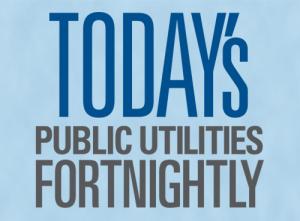Gap Between CPI and Electric Bill Trends, Regionally

The federal government recently announced the Consumer Price Index trend through August. The CPI rose 2.7 percent from August 2017 to this August.
The electric bills component of the CPI didn’t rise, by 2.7 percent or by any percent. Instead it fell, by 0.5 percent.
Let’s break these trends down by region.
Like the CPI nationally, the regional CPI in the northeast rose 2.7 percent. The regional CPI in the south rose a little slower, 2.4 percent. And the regional CPI in the midwest rose a little slower, 2.1 percent.
The CPI nationally was as high as 2.7 percent because the regional CPI in the west was up at 3.6 percent.
Turning to the electric bills component of the CPI, it rose in two of the regions and fell in the other two.
In the west and the northeast, electric bills rose 2.4 percent and 2.1 percent respectively. Though electric bills rose in both regions, their rate of increase was significantly less than their CPI increase. Which means the real cost of residential electric service decreased, somewhat.
In the midwest and south, electric bills fell 2.9 percent and 1.9 percent respectively. The gap between their CPI increase and electric bill decrease was huge, 5 percent and 4.3 percent respectively. Which means the real cost of residential electric service decreased, by a very large amount.
Work at a utility? Or a large concern of another type? We’re phasing out individual subscriptions to Public Utilities Fortnightly at any organization with over a hundred employees. But, no worries. We’ll make it easy and economical for your company to sign up for a membership to cover any employee.
Steve Mitnick, Editor-in-Chief, Public Utilities Fortnightly, and President, Lines Up, Inc.
E-mail me: mitnick@fortnightly.com

